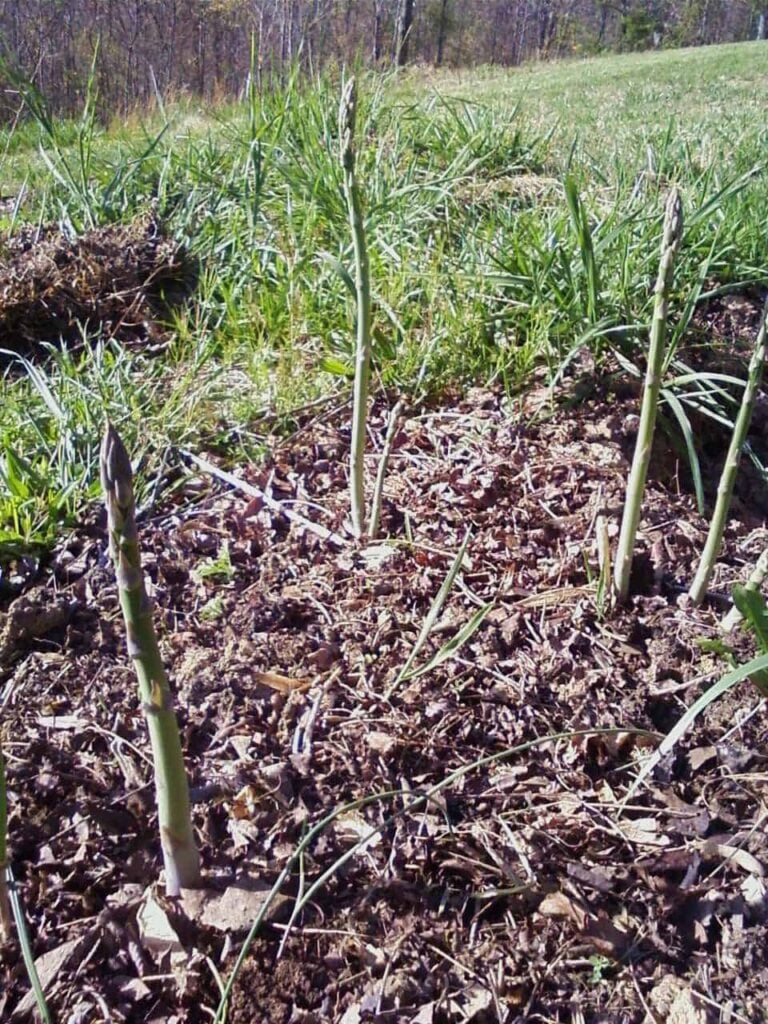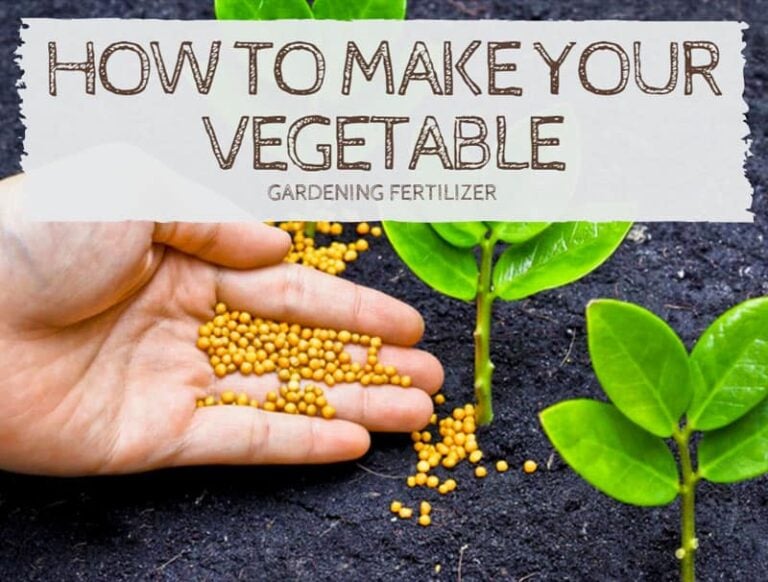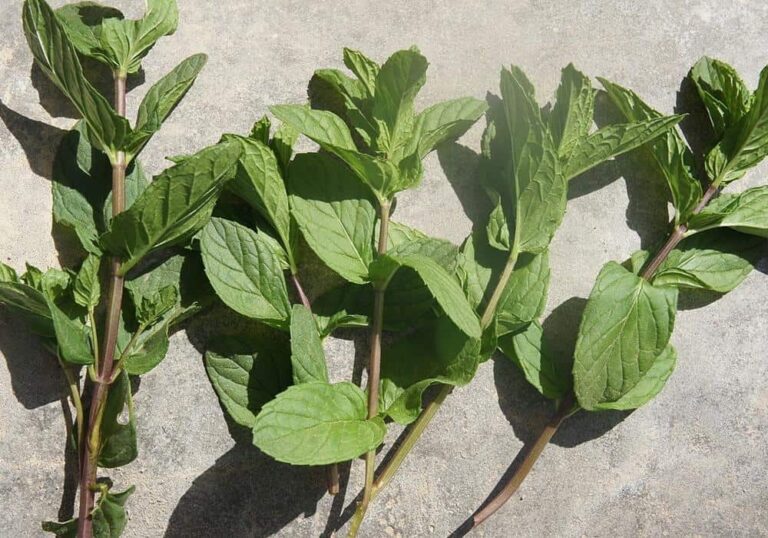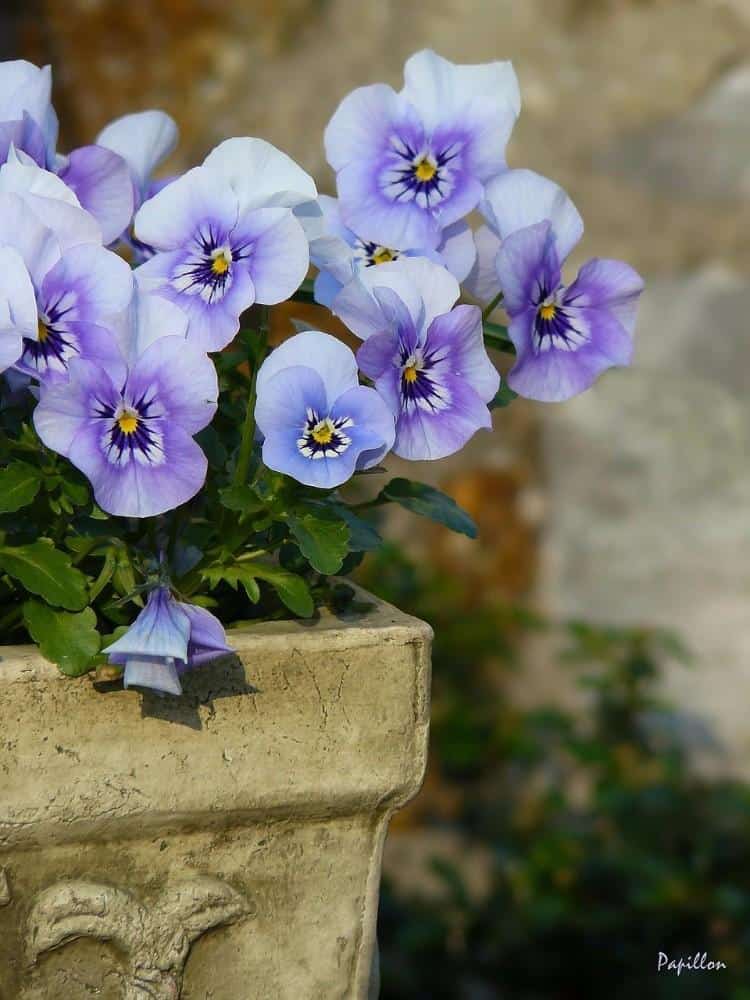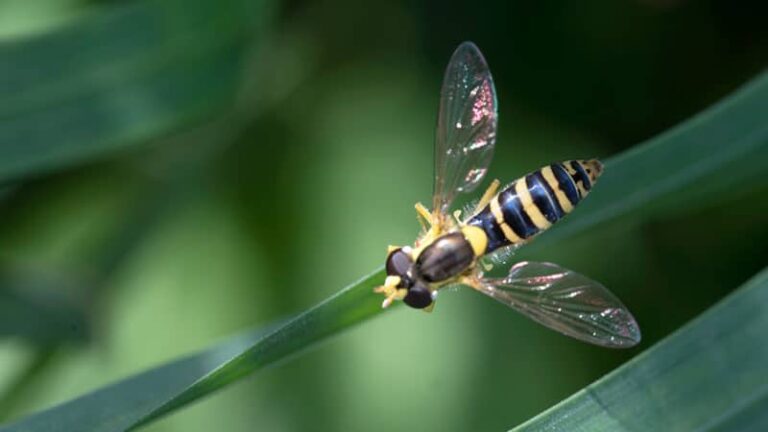How-to Guide: Growing Onions in Containers
There are two ways you can grow onions: directly planting seeds or with onion sets. Both work well and have different advantages. For both, germinate in a smaller or partitioned container first; after four to six weeks, transplant your seedlings into a larger container, ten inches deep with three inches between each plant.
Ensure your container has good drainage and try to keep it elevated slight off the ground. Water frequently, keep the plants in maximum sunlight, and use a nitrogen-based fertilizer, if desired.
Growing Onions from Seeds
You can buy onions seeds from any gardening store. It’s best to start the seeds in a small, partitioned container to let them germinate and begin to grow.
Once your onion seeds have sprouted and grown to about three inches tall, you can transplant them into a container, so they have adequate room to grow.
Most seedlings should be grown individually, so the gardener doesn’t risk damaging the plants when it is time to separate them and replant. However, onions (and leeks) are the exception. Even if you grow many seedlings together in one large container, it is possible to separate them later without causing damage.
While it’s possible, growing seeds together requires a little more work later on. When it’s time to transplant your seedlings into a larger container, you need to be extra careful. Digging and separating the seedlings can also be time-consuming. A cell pack or peat pellet tray is a good choice for those looking to save time.
Cell packs are light plastic containers with individual partitions for each plant or seed. Garden centers often sell young plants and herbs in these containers. They may also be called trays, propagation kits, or cell flats.
Garden and home centers sell them individually and in seed growing sets. You can just as easily reuse a partitioned container from other plants if you have one.
Peat pellets are another option. While not as cheap as a simple cell pack, they include nutrient-rich soil. All you need to do is add water. This video demonstrates how to start your seeds in peat pellets:
Be sure to plant your seeds in compost or seeding soil. It is ideal to keep the seeds in a warmer area until they germinate. When small sprouts become visible, make sure your seedlings receive plenty of sunlight.
Growing Onions from Sets
You can also grow onions from sets, which are small onions used for growing. Sets are immature onions that were harvested early and treated with heat to prevent them from producing seed.
Much like seeds, you can plant your onion sets in a partitioned container or together in a large container.
Use compost or a rich soil. While seeding soil is healthy, potting soil is enough for onion sets. You can view a short tutorial on planting onion sets here:
Transplanting your Onions
After four to six weeks, or when your plants are around three inches tall, it is time to transplant. Your container should be six to ten inches deep. The size of your container will affect how large your onions can grow.
Scoop the potting mix in your container, patting down lightly. Use your finger or an object such as a pencil to make a hole in your soil and gently ease your onion seedling into the opening.
Keep the plant close to the surface, covering it no higher than the white section above the roots. Space onions at least three inches apart. Leave more room for larger varieties of onion.
Give the newly potted plants plenty of water. Onions generally need two to three inches of water a week to grow well.
Transplanting your onions, especially if you’ve grown them together in one container, can be tricky. That’s why it’s useful to watch someone do it. In the video below, MI Gardener shows us how to choose the healthiest plants to transplant.
While this gardener is growing a variety of giant onion, the tips mentioned are widely applicable.
If you have limited space, choose plants that have a good size in comparison to the others and have sturdy seed leaves. Even if you have plenty of space and aren’t selective, you can give extra attention to plants with the best chance of success.
Soil
Onions don’t do well in acidic soil, so a pH level of 6.5 or higher is desirable. If the pH level of your soil is too low, you can add ground limestone or wood ashes.
Otherwise, onions should do well as long as they’re in a nutrient-rich soil. You can ensure that the soil is sufficient by using a potting mix.
Fertilizer
If you want to give your onions more care, you can enhance the soil with fertilizer. Onions need a high amount of nitrogen.
Texas A&M’s AgriLife Extension recommends a fertilizer containing ammonium sulfate or ammonium nitrate. They also recommend these main points for your onion fertilizer schedule:
- Wait three weeks after planting to apply the fertilizer.
- Apply fertilizer regularly every two to three weeks.
- When the stems of your onions become soft, you should stop treatment.
Water
Onions need two to three inches of water a week. As their harvest time draws close, onions usually need more water. Don’t water blindly though, and check the dampness of the soil before watering. Too much water can also be harmful.
According to the National Gardening Association, onions grow best with weekly soaking, rather than light watering every day. Keeping the soil moist is especially important when the bulb is just beginning to form.
It is best to water in the early morning to reduce evaporation. Watering at night can leave the soil soggy and make the plants more prone to disease.
You also need to ensure your container has good drainage. A long planter works well. If using a household plastic container, you can create drainage holes at the bottom and keep a tray underneath. It’s best to keep your container slightly elevated to allow water to drain out.
Light
If growing your onions outside, make sure it receives plenty of sunlight. Place it in a well-lit area that doesn’t receive much shade, if possible. Aim for six to seven hours of sunlight.
When growing onions indoors, your plants may not receive enough light. You can supplement sunlight by using fluorescent bulbs for extra and heat.
Photo by lenapeterson0 licensed under CC0.

